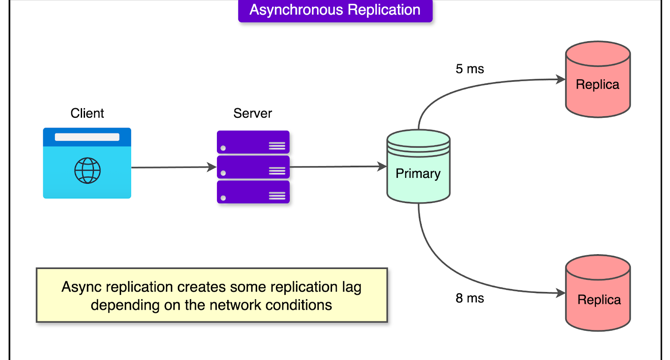Byte Byte Go
1w
82

Image Credit: Byte Byte Go
How YouTube Supports Billions of Users with MySQL and Vitess
- YouTube faced backend complexity as its popularity grew, managed and scaled MySQL using Vitess, a custom solution.
- Vitess acts as a layer on top of MySQL, enabling horizontal scaling and traffic management for more intelligent backend operations.
- Challenges YouTube faced included slow queries, downtime issues, data loss risks, and latency problems for global users.
- To handle load distribution, YouTube used replicas for read queries, reducing primary database load and improving performance.
- YouTube balanced consistency and availability, implementing various read strategies based on data freshness requirements.
- Prime Cache was introduced to address replication lag issues in high write load scenarios, improving synchronization with the primary database.
- Vertical splitting and sharding were adopted by YouTube to efficiently manage large database sizes and distribute operations across multiple servers.
- Vitess automated sharding and featured query routing components VTTablet and VTGate to manage queries and connections efficiently.
- Vitess also automated tasks like reparenting and backups to simplify database management at scale for YouTube.
- Core Vitess features such as connection pooling, query safety, result reuse, row cache, and fail-safes helped YouTube scale effectively.
Read Full Article
1 Like
For uninterrupted reading, download the app